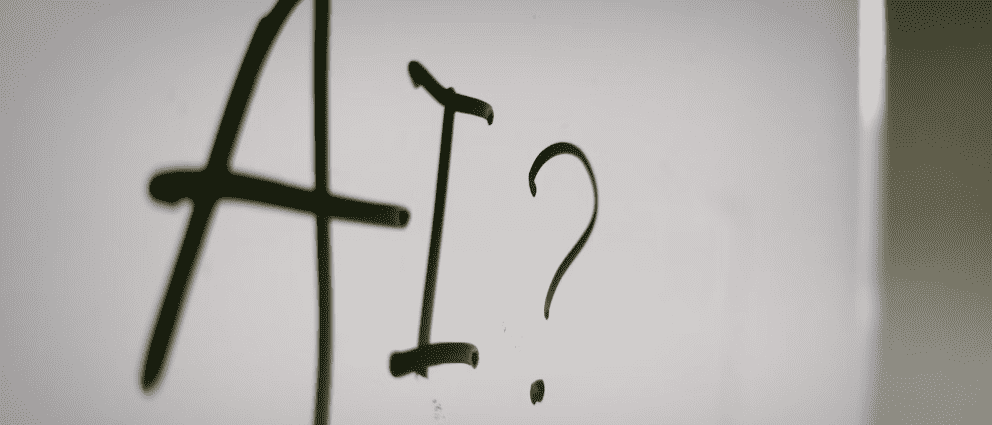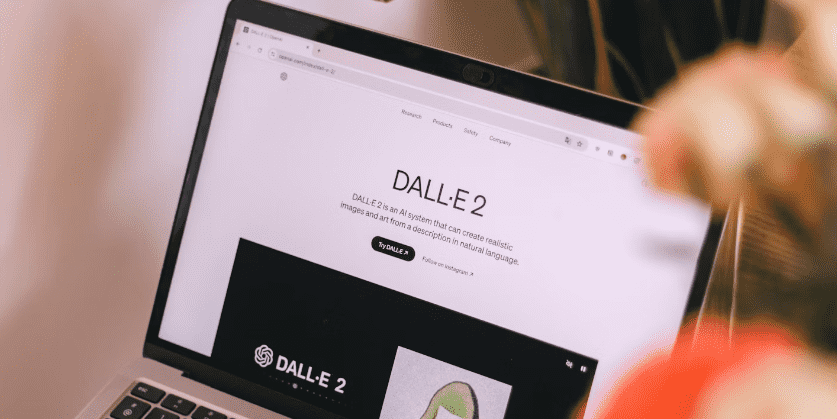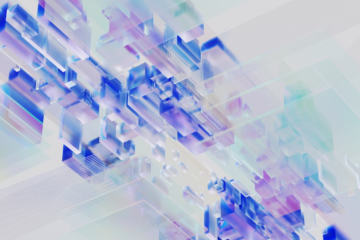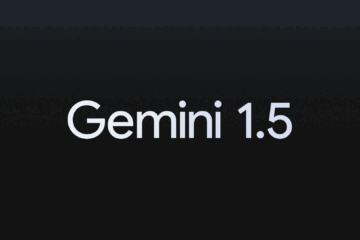The advent of artificial intelligence has ushered in a new era of creativity, and one of the most striking examples is DALL-E. Developed by OpenAI, DALL-E is an AI system capable of generating photorealistic images and art from textual descriptions.
This innovative tool has the potential to revolutionize various industries, from art and design to marketing and entertainment.
How Does DALL-E Work?
DALL-E works by combining the power of natural language processing and deep learning. When given a textual description, the AI model analyzes the text and generates a corresponding image. It can understand complex concepts, styles, and attributes, allowing users to create highly customized visuals.
For instance, you could ask DALL-E to “create a painting of a cat astronaut exploring Mars in a vintage spaceship,” and it would generate a unique and imaginative image based on your prompt.

Key Features and Capabilities
- Text-to-Image Generation: DALL-E’s primary function is to create images from textual descriptions.
- Style Transfer: It can mimic the styles of various artists and art movements.
- Object Manipulation: DALL-E can add or remove objects from images, change their attributes, and create variations of existing images.
- Photorealism: DALL-E can generate highly realistic images that are often indistinguishable from photographs.
Applications and Use Cases
- Art and Design: Artists can use DALL-E as a tool for inspiration and to create unique and innovative artwork.
- Product Design: Designers can use DALL-E to visualize product concepts and create mockups.
- Marketing and Advertising: DALL-E can be used to generate eye-catching visuals for marketing campaigns.
- Education: DALL-E can be used to create educational materials, such as illustrations for textbooks.
- Entertainment: DALL-E can be used to create concept art for movies, games, and other forms of entertainment.
Challenges and Limitations
Despite its impressive capabilities, DALL-E is not without its limitations. Some of the challenges include:
- Bias: DALL-E can perpetuate biases present in the training data, leading to the generation of biased or harmful content.
- Copyright: The legal implications of using AI-generated content are still being explored.
- Misuse: DALL-E could be used to create deepfakes or other forms of misinformation.
Creative Possibilities for DALL-E
DALL-E represents a quantum leap in the realm of artistic creativity, opening up new frontiers for artists and designers alike. By generating unique and innovative images, DALL-E can stimulate creativity and expand the boundaries of artistic expression. However, this raises intriguing questions about the nature of original creativity.
Can artworks produced with the assistance of AI truly be considered authentic works of art? This prompts a deeper exploration into the intersection of human ingenuity and artificial intelligence in the creative process.
DALL-E represents a significant advancement in AI and has the potential to reshape many industries. As the technology continues to evolve, we can expect to see even more impressive and innovative applications. However, it is important to address the challenges associated with this technology, such as bias and misuse.
How does DALL-E work?
DALL-E works by converting textual descriptions into a digital representation and then using this representation to create a new image.
What are the main uses of DALL-E?
DALL-E can be used in fields such as art and design, marketing and advertising, education, and entertainment.
What are the advantages of using DALL-E?
The advantages of using DALL-E include saving time and effort, opening up new avenues for creativity, and generating high-quality images.
What are the disadvantages of using DALL-E?
The disadvantages of using DALL-E include the possibility of reflecting biases present in the training data and potential copyright issues.
Can anyone use DALL-E?
Currently, DALL-E is available for limited beta testing, but it is expected to be more widely available in the future.
What is the future of DALL-E?
DALL-E is expected to undergo significant developments in the future, potentially becoming capable of generating 3D videos and entire virtual worlds.



